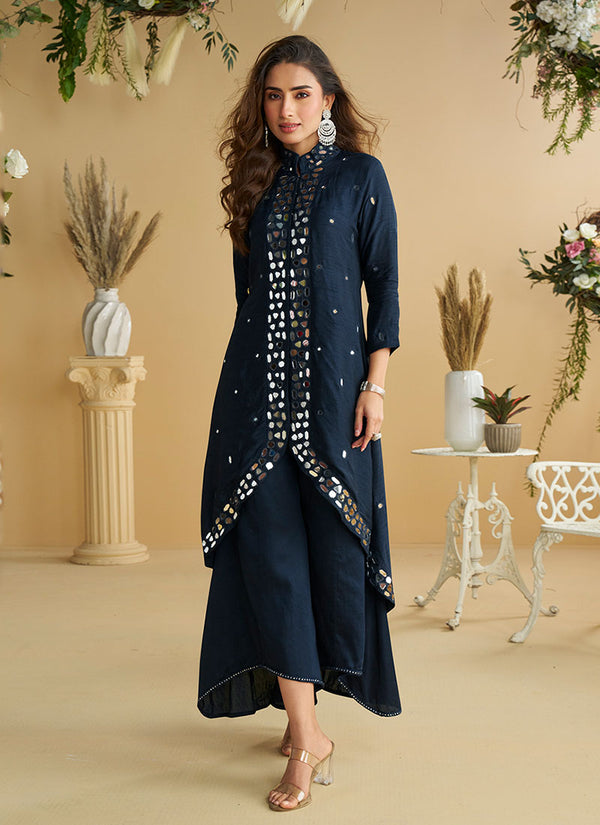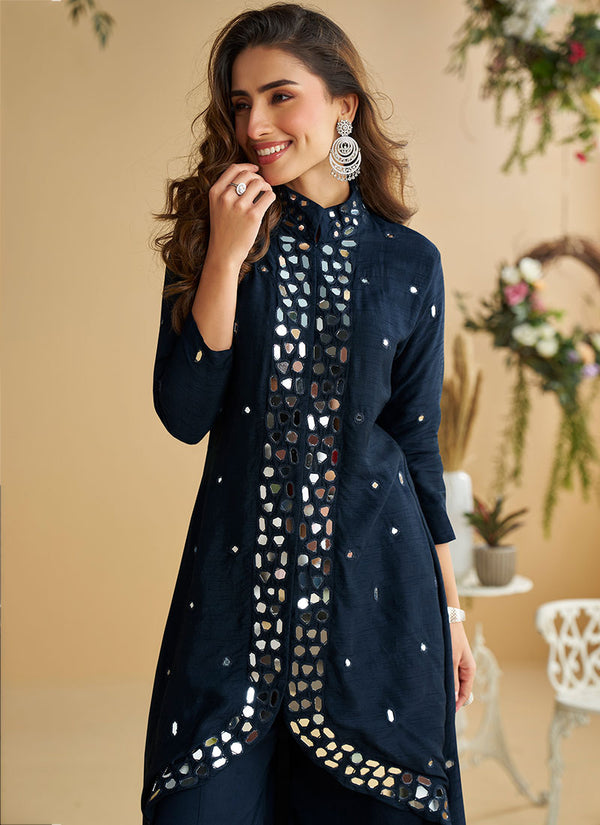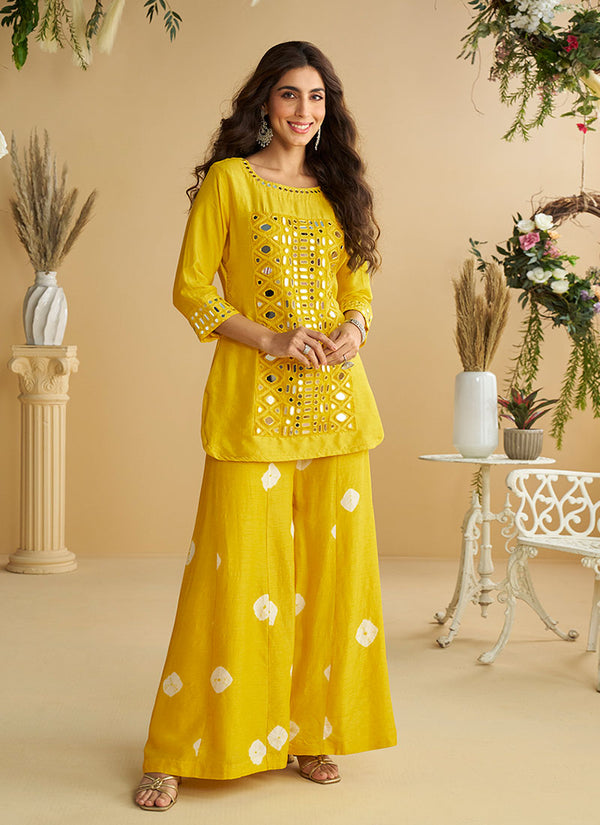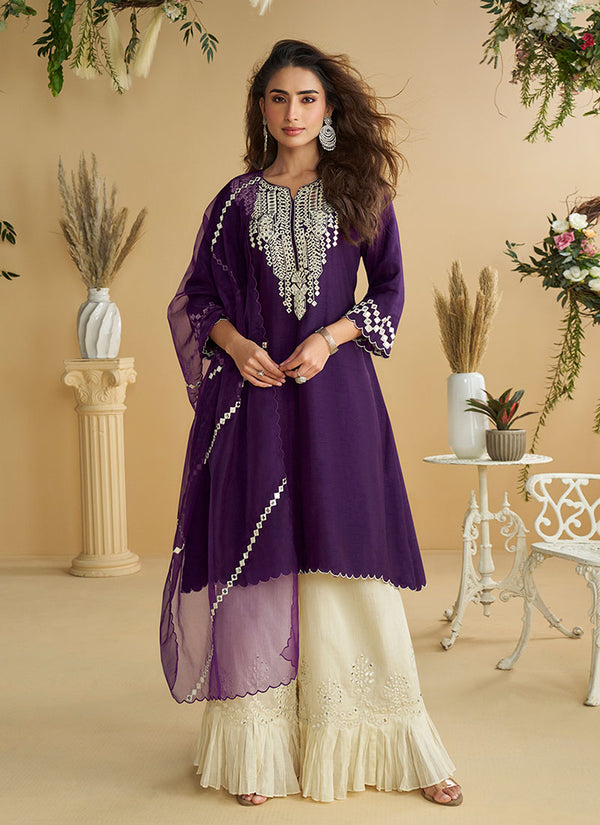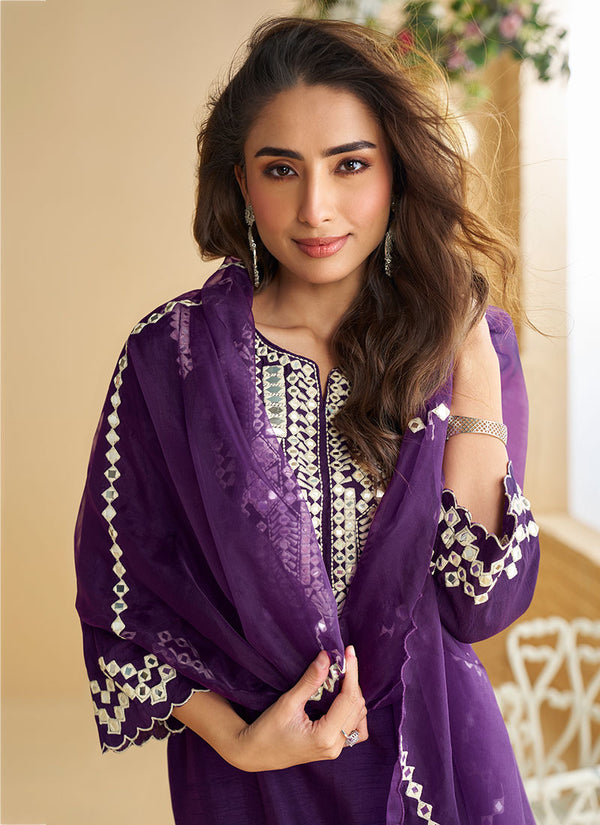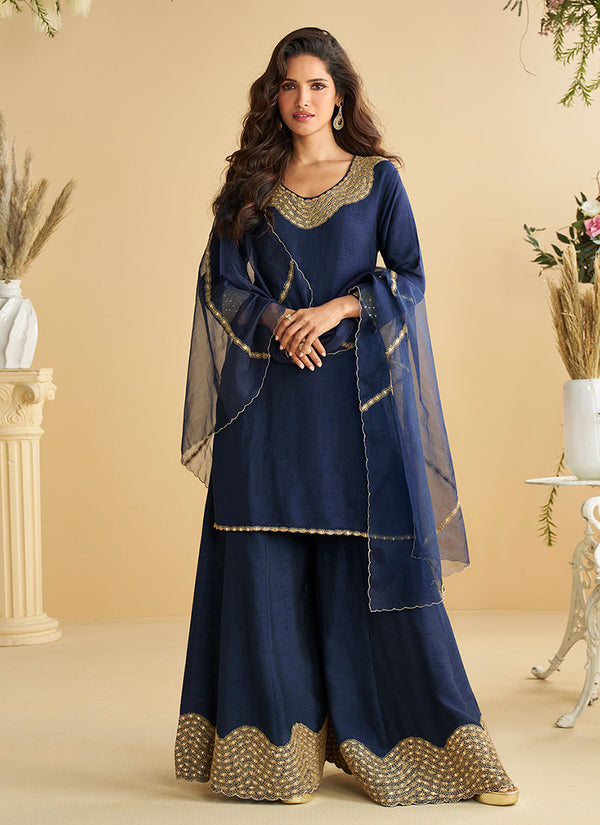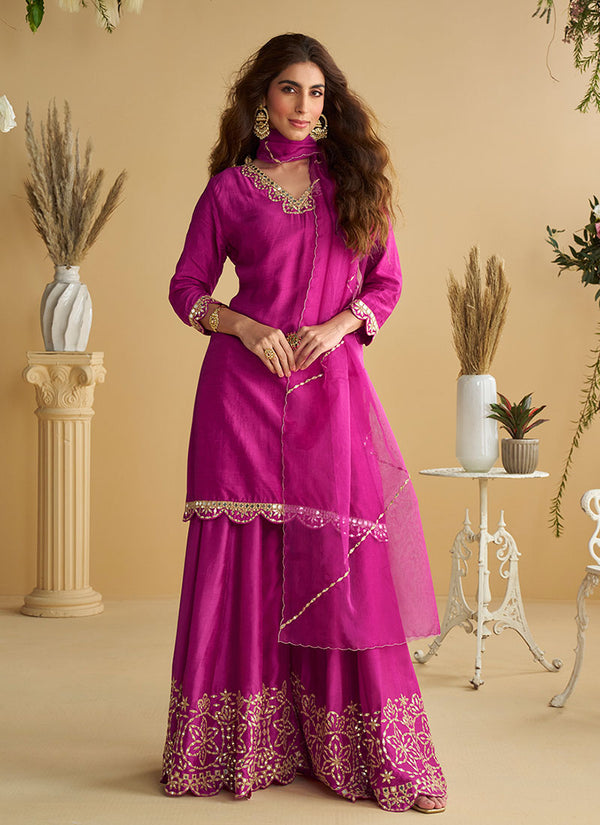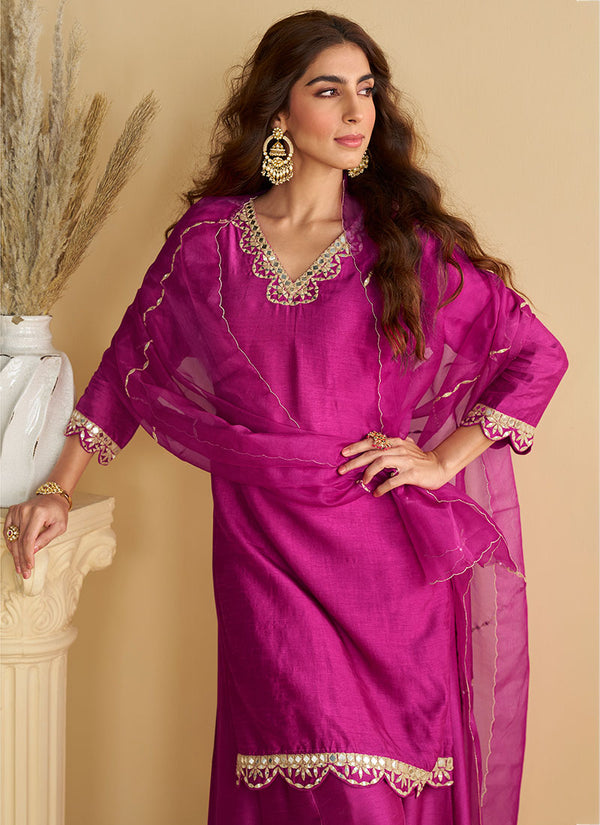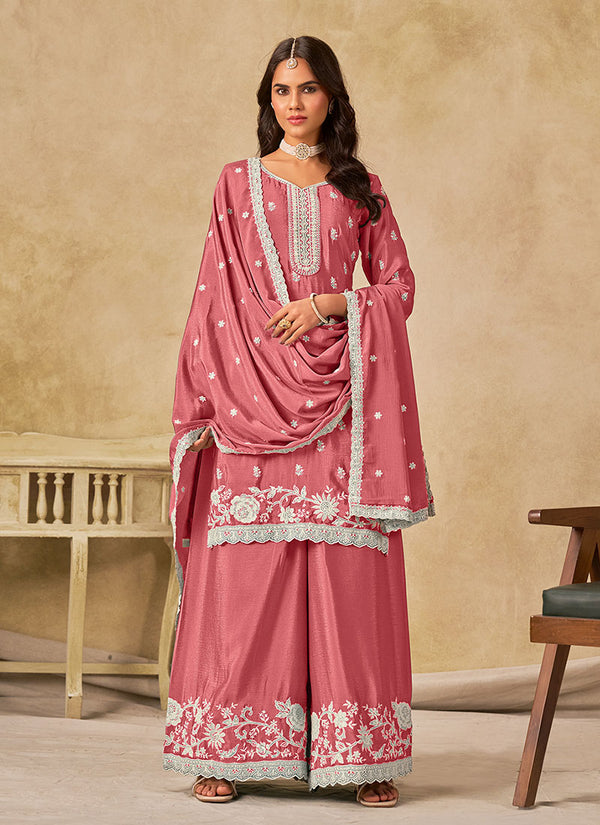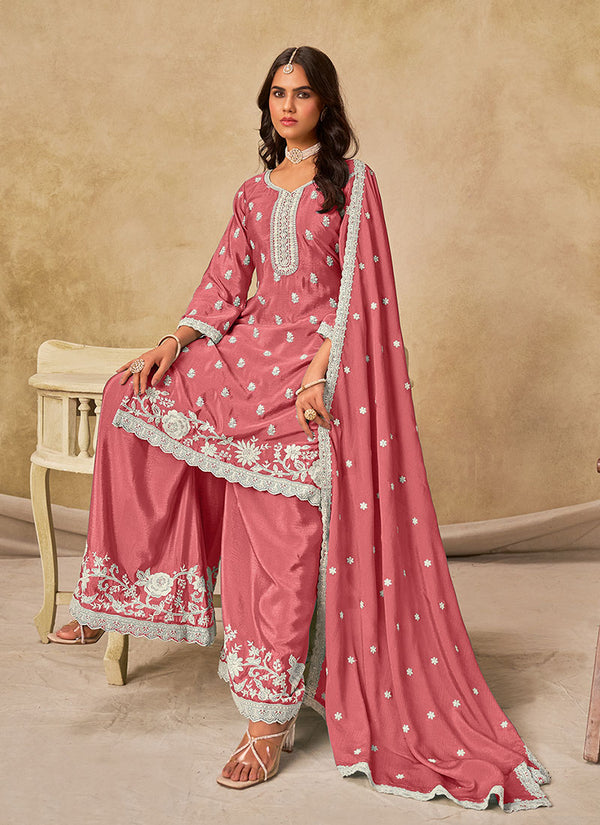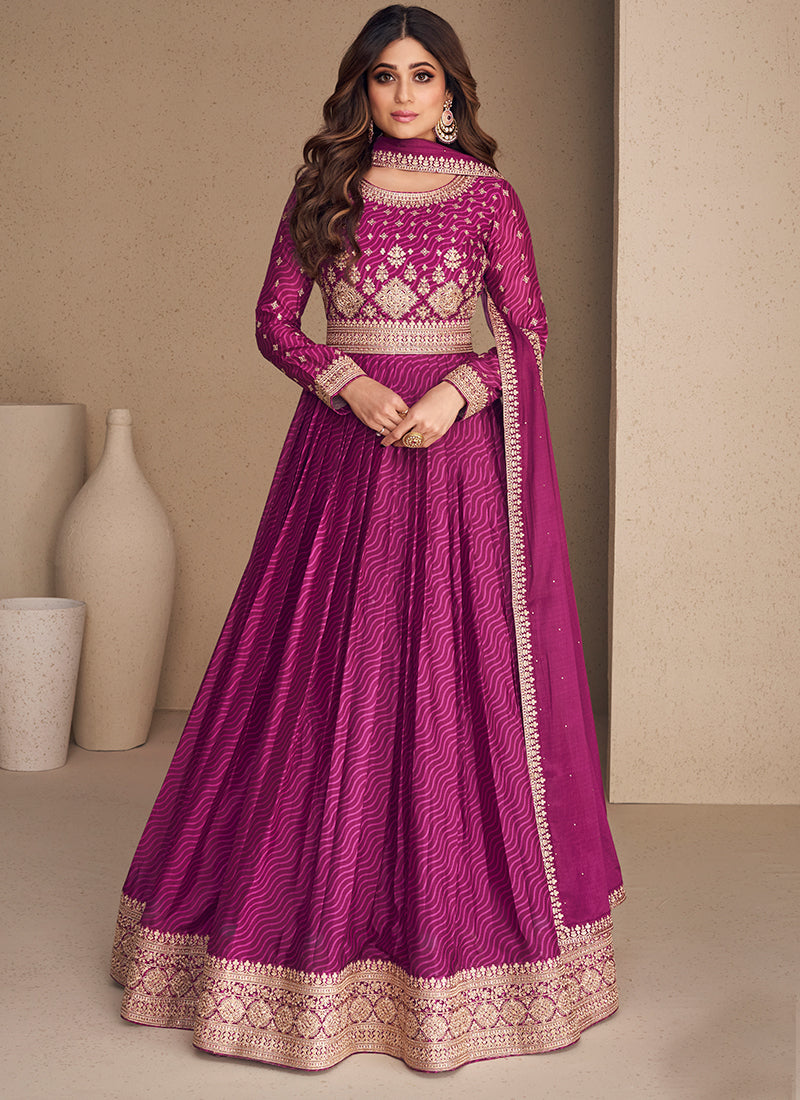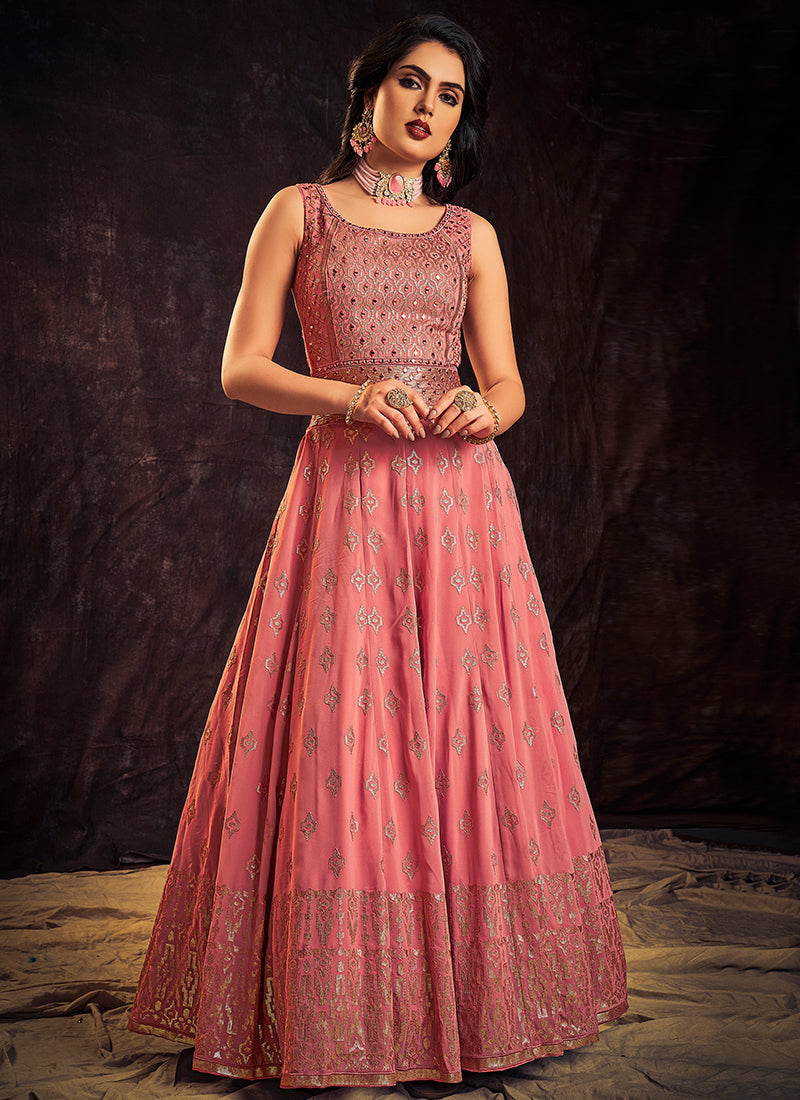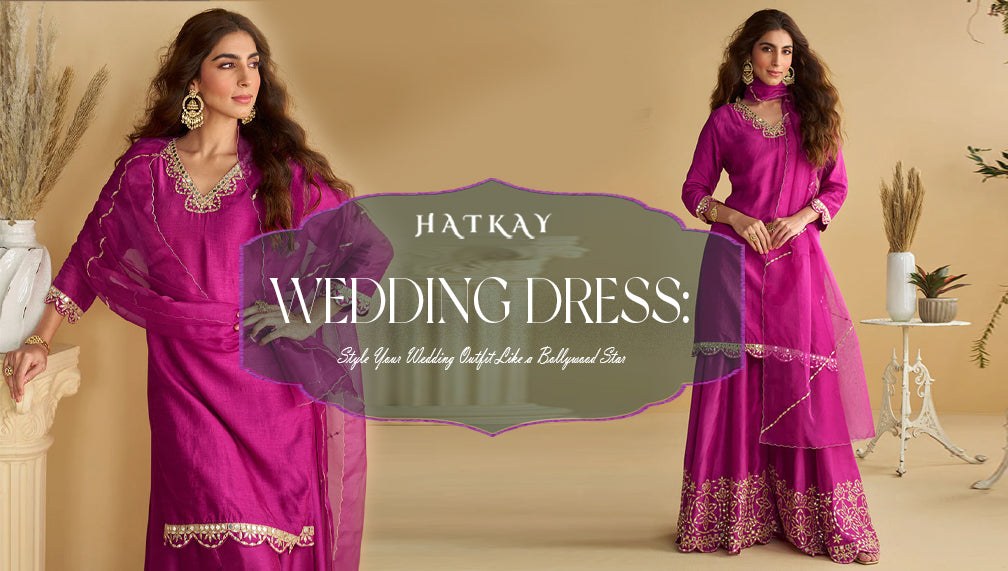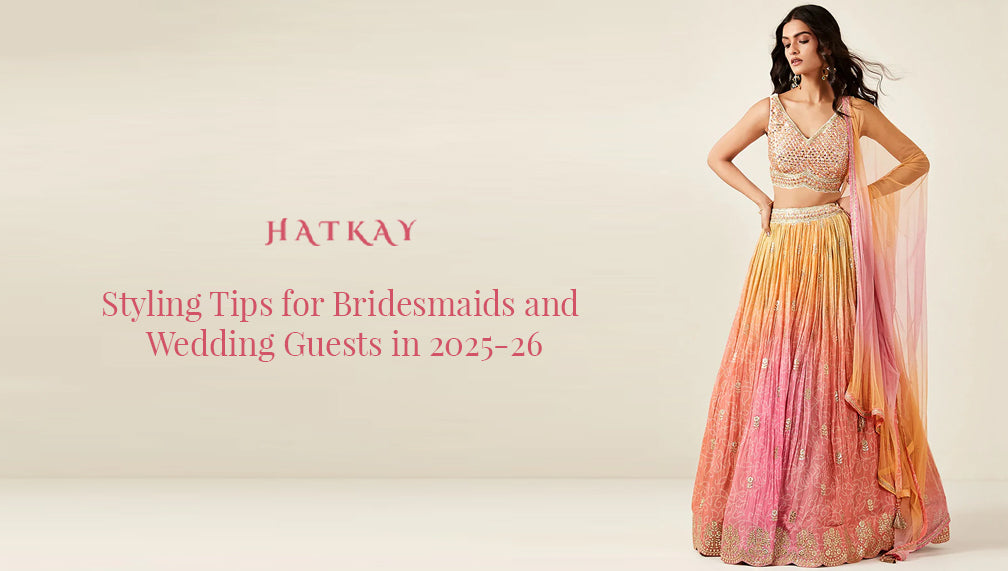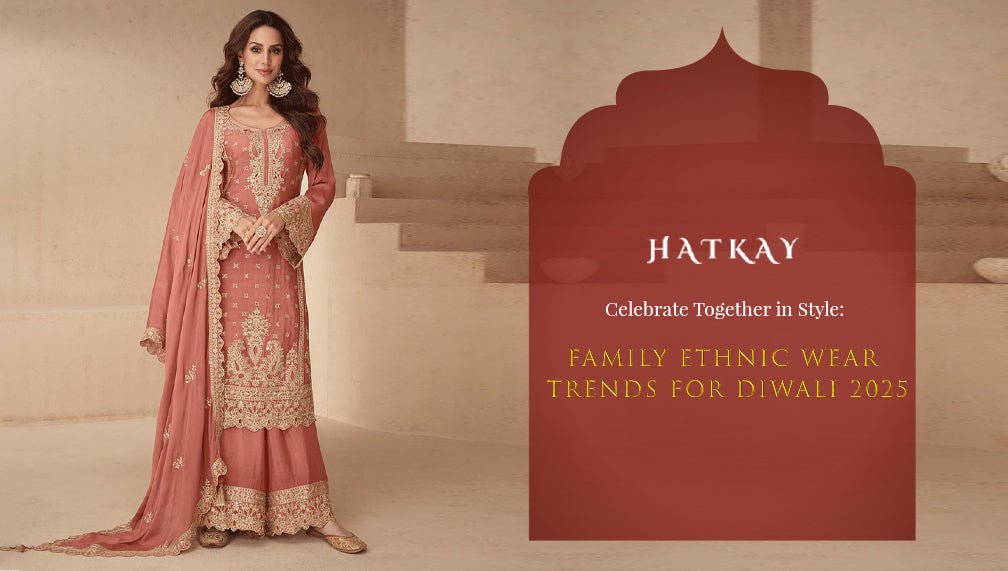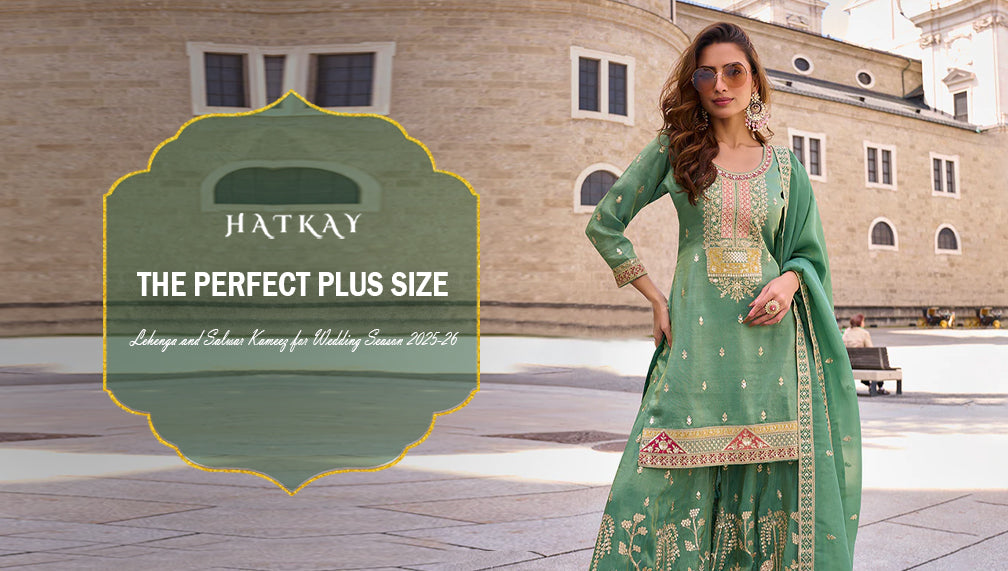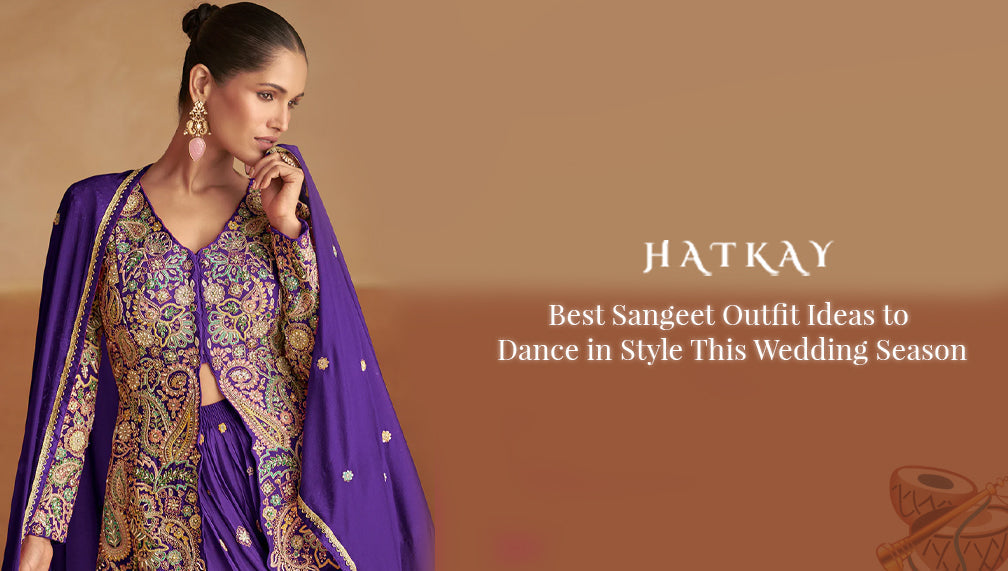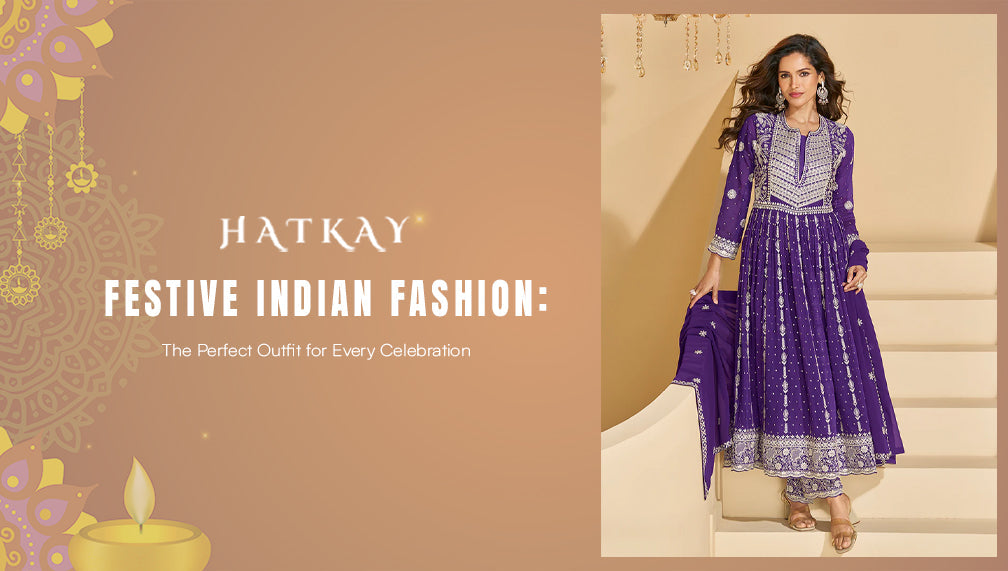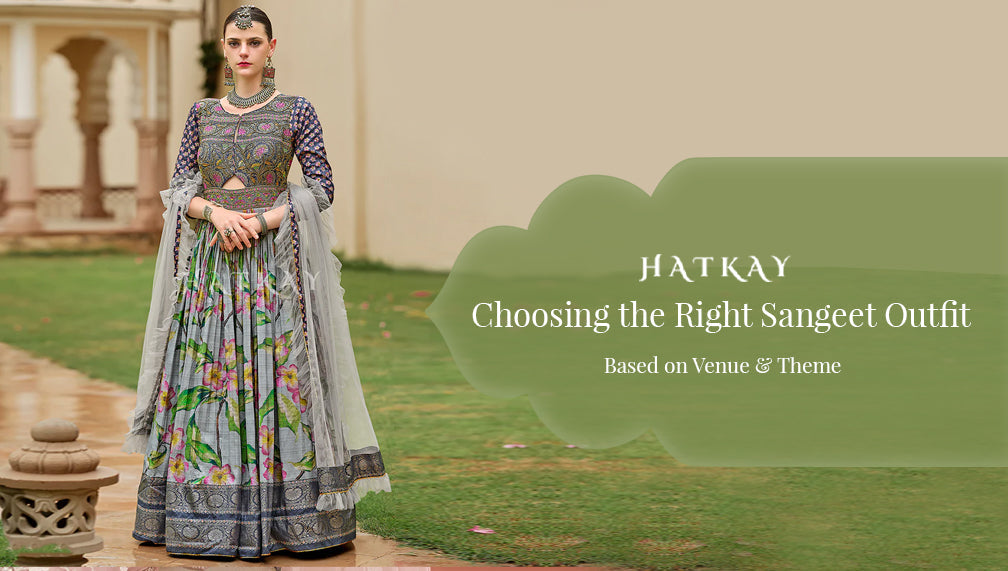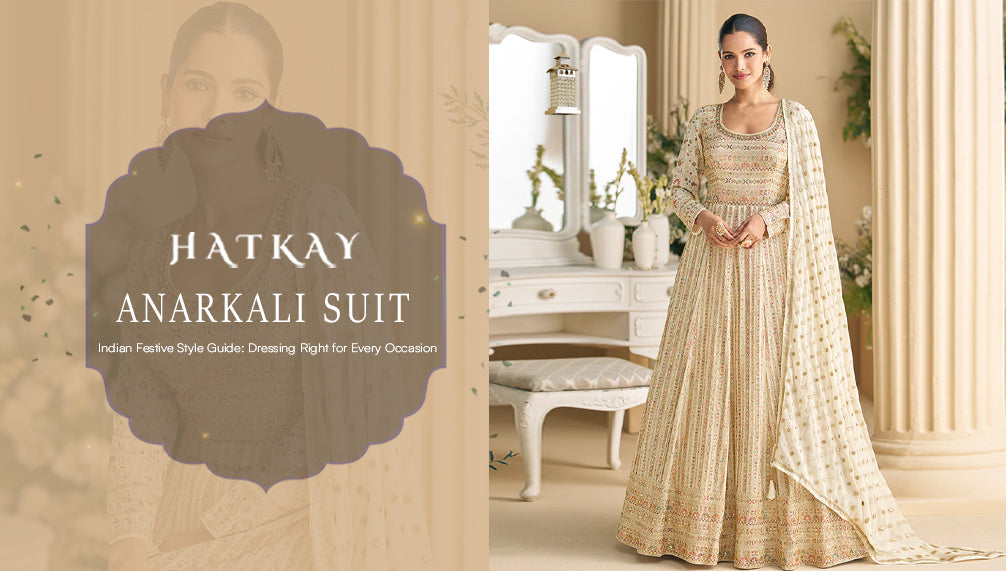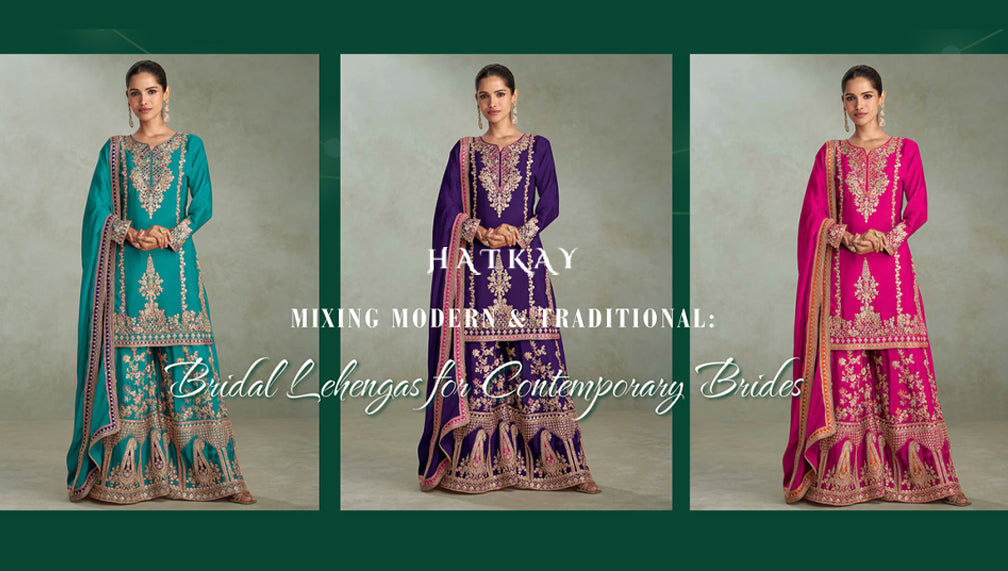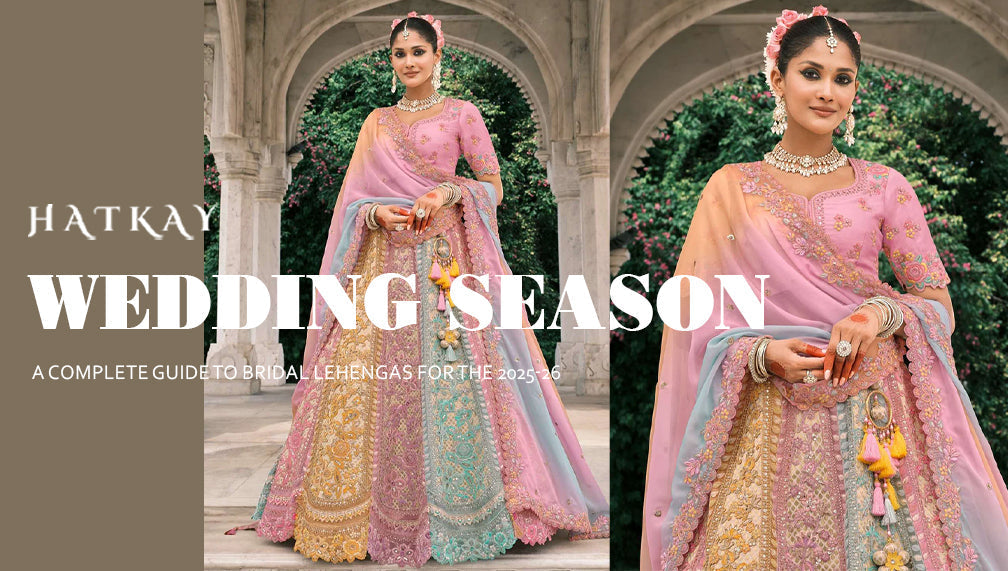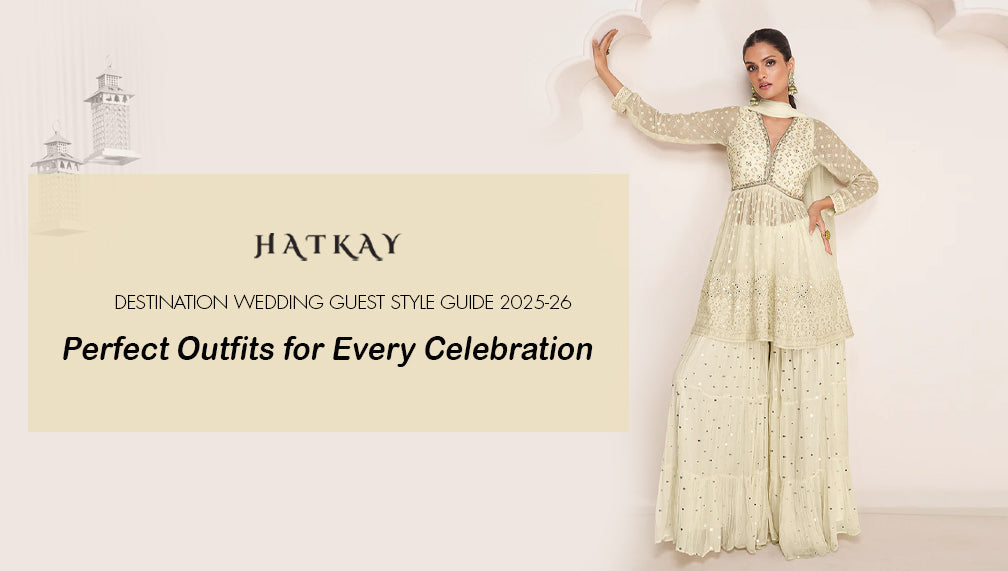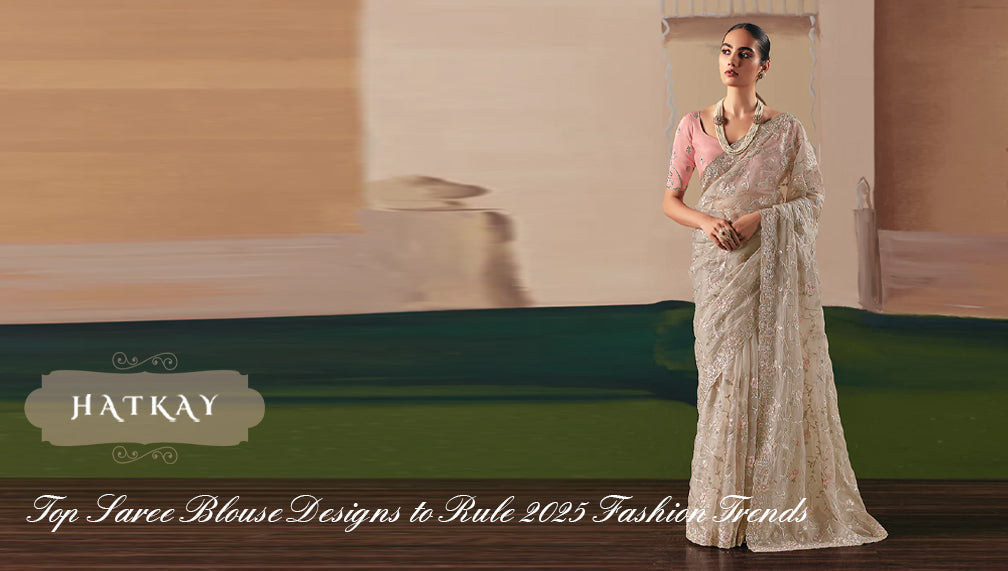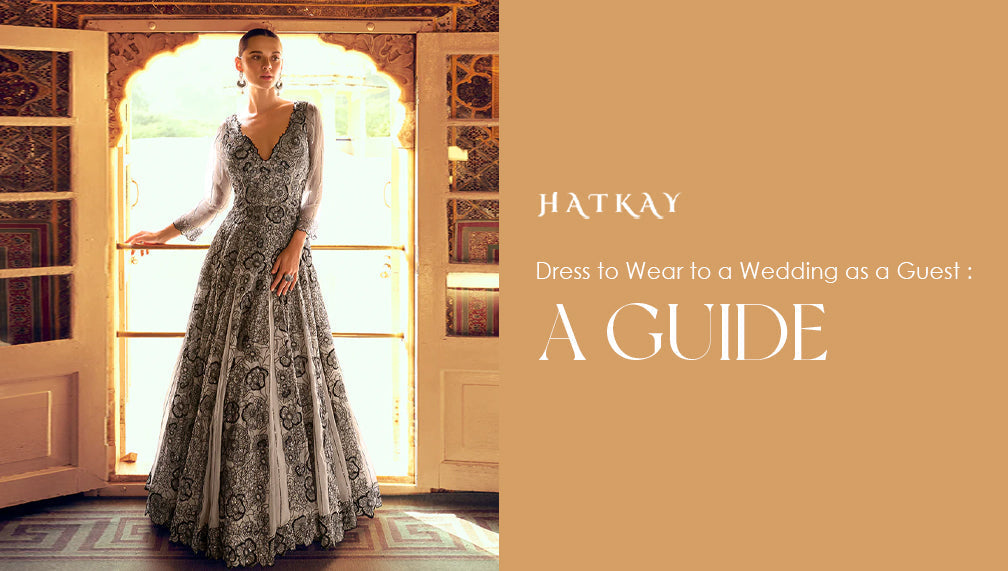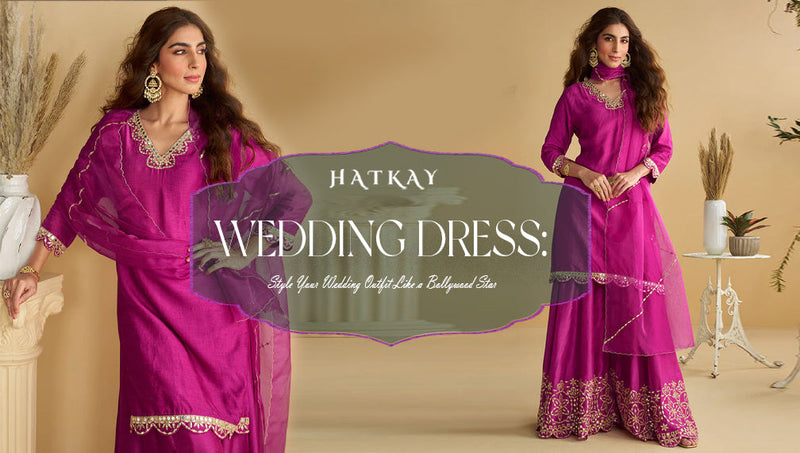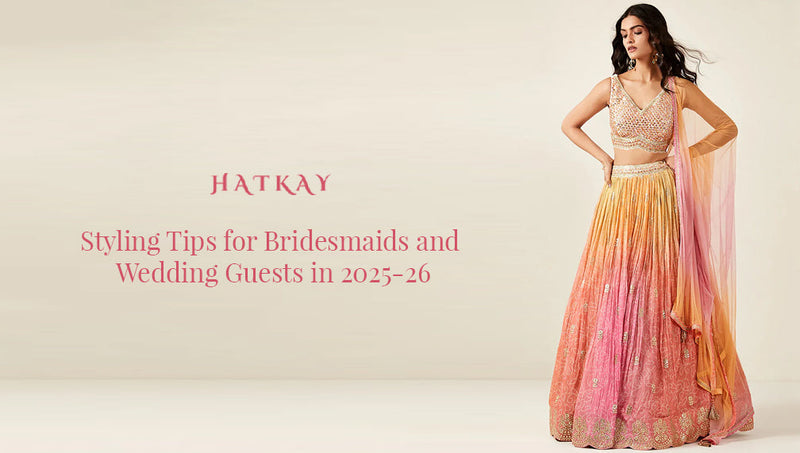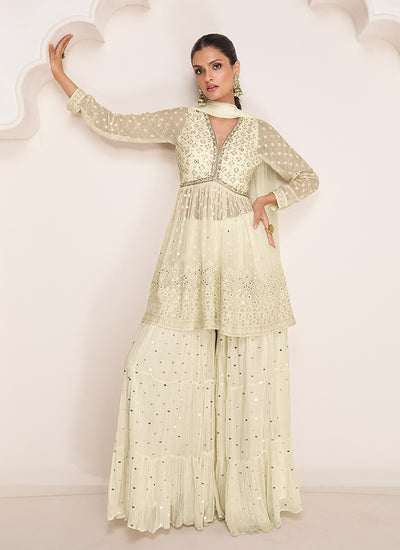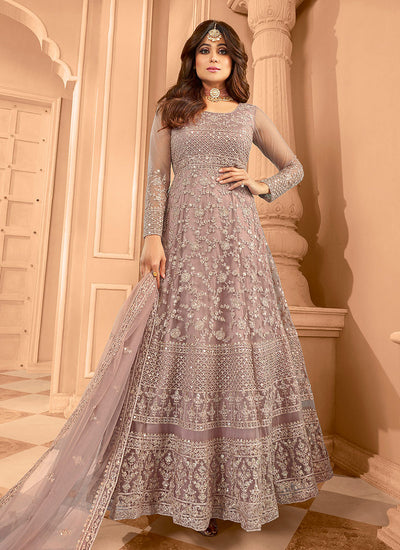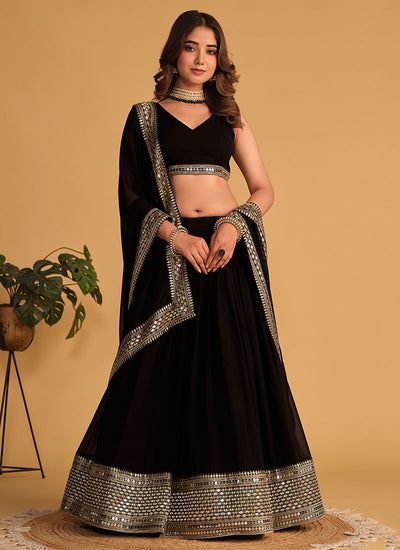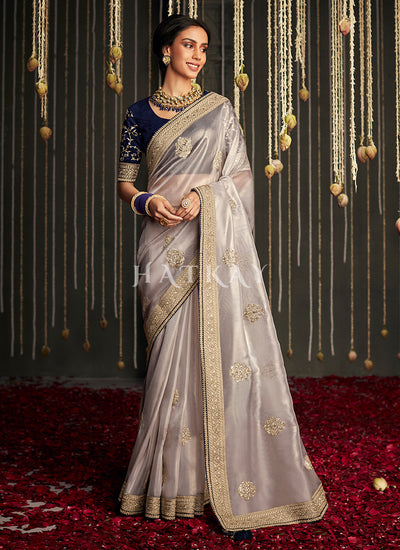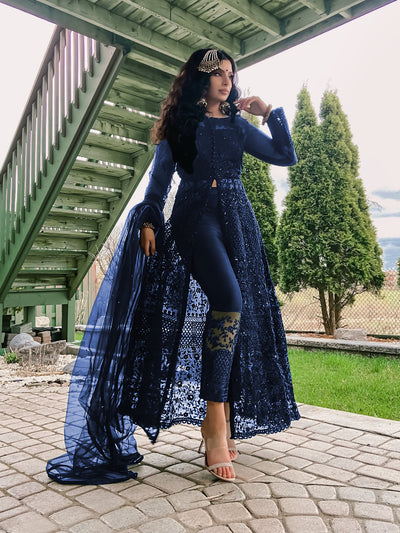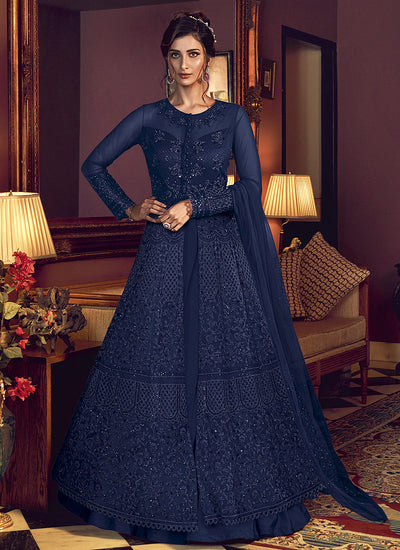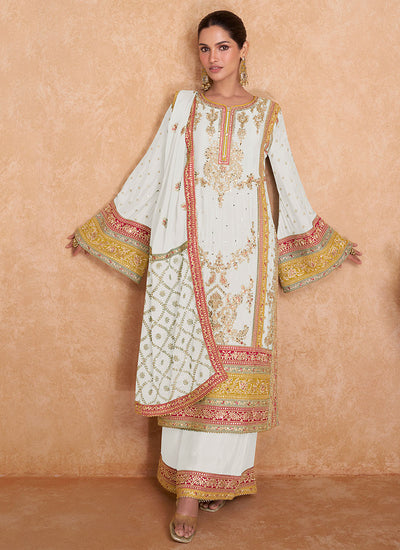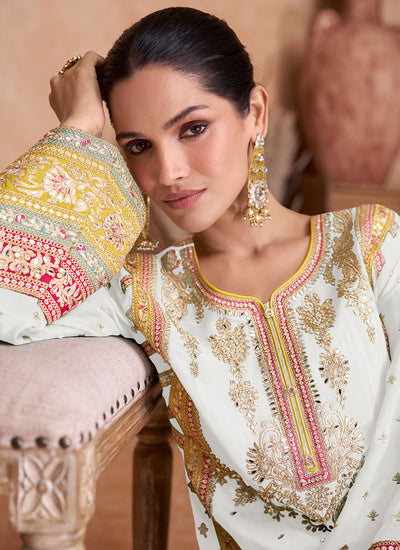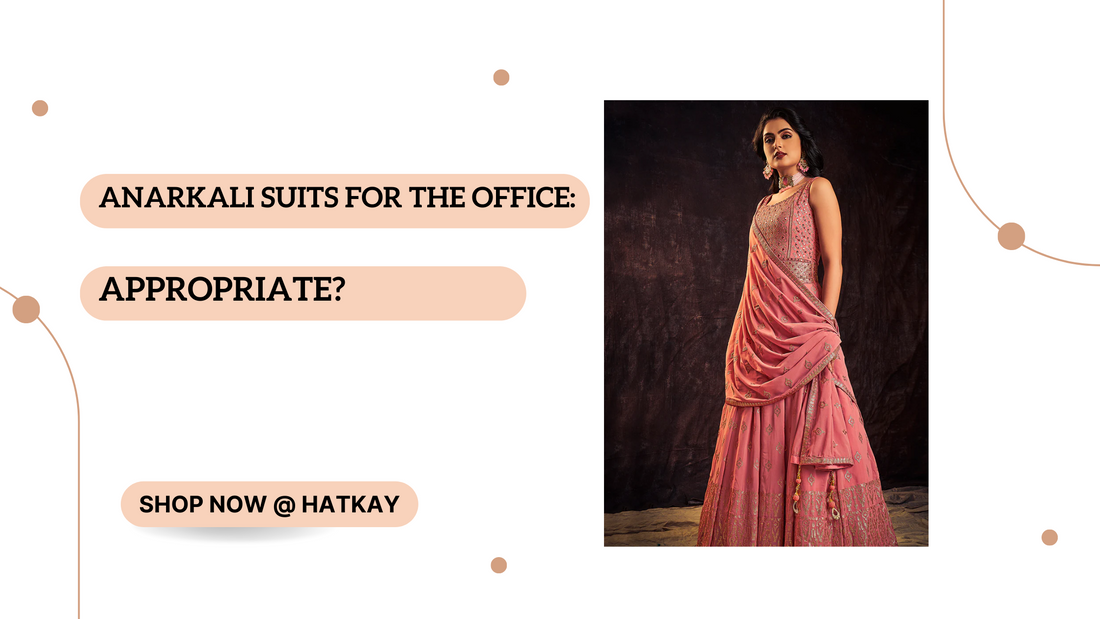
Is it Appropriate to Wear an Anarkali Suit to the Office?
Fashion choices play a significant role in expressing one's personality and cultural heritage. In recent years, there has been a growing trend of blending traditional and contemporary styles, leading to the popularity of outfits like the Anarkali suit. The Anarkali suit, with its rich history and intricate designs, has become a staple in many women's wardrobes. However, when it comes to professional settings such as the office, questions arise about the appropriateness of wearing this traditional attire. In this article, we will explore the various factors that determine whether wearing an Anarkali suit to the office is acceptable or not.
Understanding the Anarkali Suit
The Anarkali suit is a classic ensemble inspired by the Mughal era of Indian history. It consists of a long, flowing kurta (tunic), fitted at the bust and flaring out at the waist, paired with a churidar (tight-fitting trousers) and a dupatta (scarf). Anarkali suits are known for their elaborate embroidery, vibrant colors, and intricate detailing, making them a popular choice for festive occasions and formal events.
Cultural Sensitivity and Expression
Fashion is a form of self-expression, and for many individuals, traditional attire is an important part of their cultural identity. In a diverse workplace, promoting cultural sensitivity and embracing different traditions is crucial. Allowing employees to wear traditional attire such as the Anarkali suit can foster inclusivity and create an environment that values diversity. When worn tastefully, an Anarkali suit can be a beautiful representation of one's cultural heritage, allowing individuals to express their identity with pride.
Office Dress Codes and Professionalism
While cultural expression is essential, office dress codes and professionalism also need to be considered. Different workplaces have varying dress codes, ranging from formal to business casual. It is important to adhere to these guidelines to maintain a professional environment. In more formal settings, where business suits or formal attire are the norm, wearing an Anarkali suit may not align with the office dress code and might be considered inappropriate. However, in workplaces with a more relaxed dress code, such as creative industries or companies that promote a casual work environment, there may be more flexibility in attire choices.
Considerations for Wearing an Anarkali Suit to the Office
When deciding whether to wear an Anarkali suit to the office, it is crucial to consider the following factors:
1. Workplace culture: Observe the attire of your colleagues and take note of any cultural diversity within the organization. This can help you gauge whether traditional attire is commonly worn and accepted.
2. Dress code guidelines: Familiarize yourself with the official dress code policies of your workplace. If there are specific guidelines regarding traditional clothing or dress code exceptions, it will provide clarity on what is deemed acceptable.
3. Comfort and practicality: Consider the practicality of wearing an Anarkali suit to the office. Assess factors such as mobility, comfort, and ease of carrying out your work responsibilities.
4. Modesty and appropriateness: Ensure that your choice of Anarkali suit is modest and appropriate for a professional environment. Opt for more subdued colors and minimalistic embroidery, avoiding excessive bling or revealing designs.
The appropriateness of wearing an Anarkali suit to the office depends on several factors, including workplace culture, dress code guidelines, and personal comfort. While the Anarkali suit can be a stunning representation of cultural heritage, it is important to strike a balance between personal expression and maintaining a professional environment. By considering these factors and using good judgment, individuals can navigate the question of appropriateness and make informed decisions about their attire in the workplace. Ultimately, promoting inclusivity and cultural diversity while respecting the expectations of professionalism is key.

